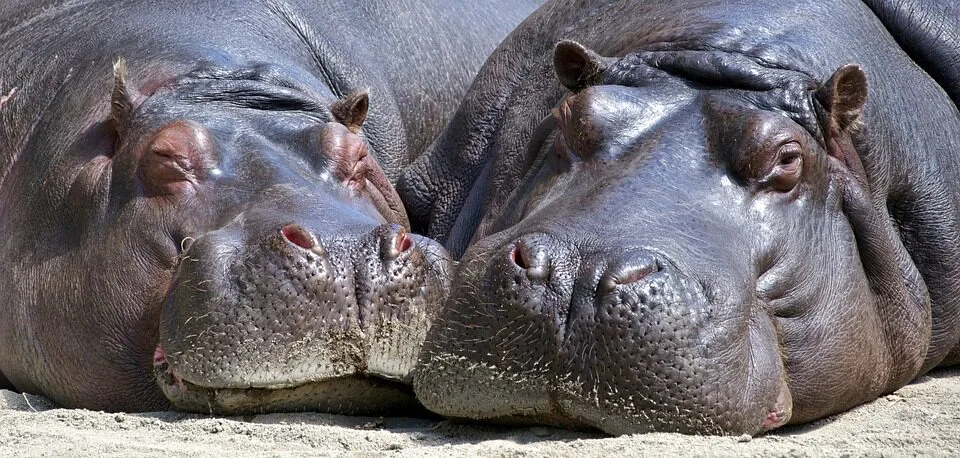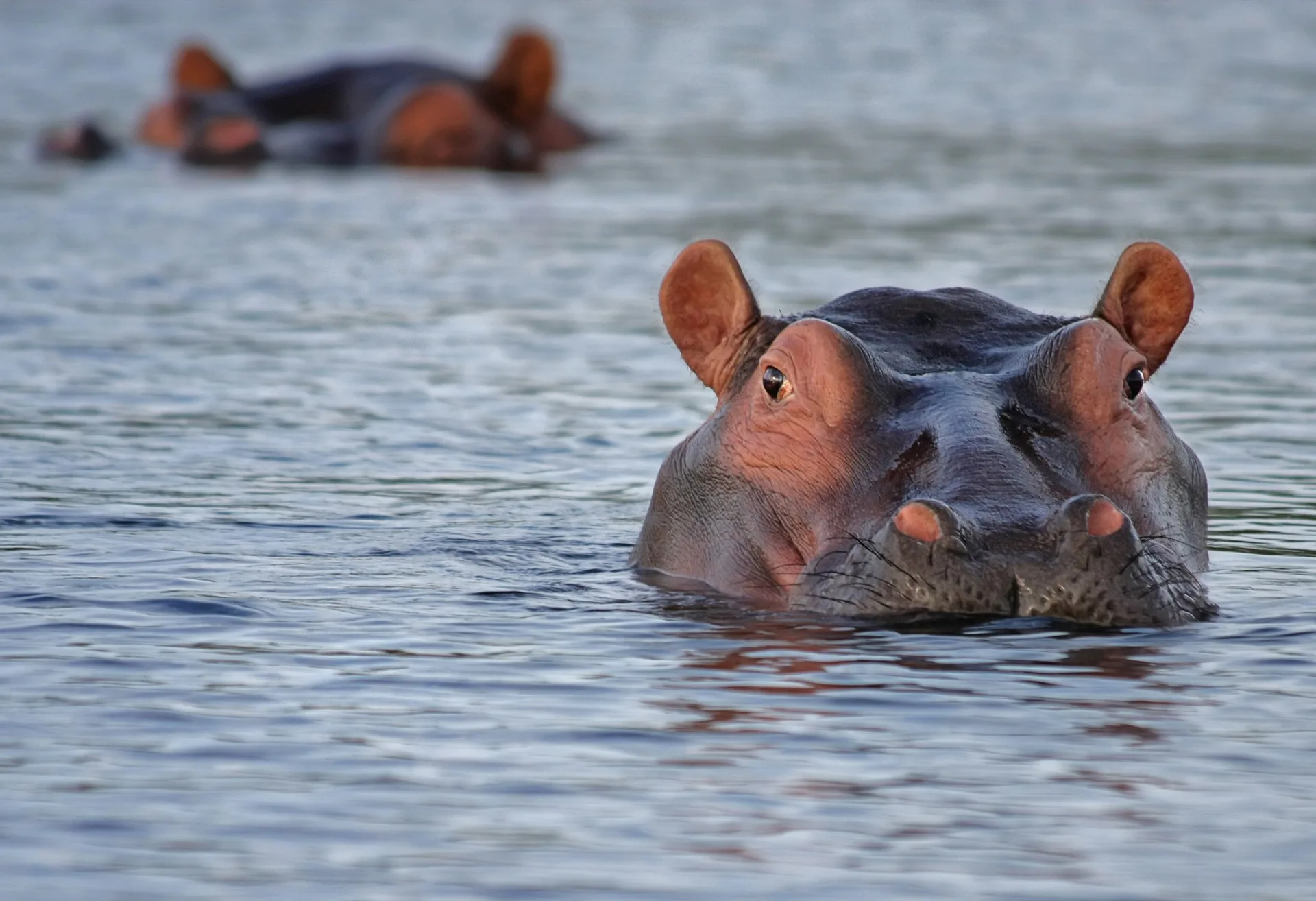It is widely believed that although hippos live primarily in water, they are not capable of swimming. We decided to check whether this judgment is correct.
Entertainment articles write about the fact that hippos cannot swim because of their mass. portals, magazines about travel and collections interesting facts. Service users are also interested in the topic questions And answers. Some authors clarifythat hippos cannot swim only “in the usual sense of the word.” Objects to this belief magazine “Around the World,” reporting that hippos are “natural swimmers.” The authors agree with this statement magazine "Biology".
Hippos are large herbivores mammalsliving in sub-Saharan Africa. They are the third largest land mammal after elephants and white rhinos - males can reach 5m in length and weigh up to 4500kg, while females weigh up to 1360kg. Despite their clumsy appearance, hippos can reach speeds of up to 35 km/h while running. These animals spend most of the day in water or in mud - although their skin is very thick, it easily dries out and burns under the scorching rays of the sun.
It is not surprising that the body of a hippopotamus is adapted to long periods of time in and under water. The animal's nostrils and eyes are located on the highest part of the head, so, being almost completely immersed in water, it can breathe and see. For comfort during complete immersion, the hippopotamus presses its ears tightly and closes nostrils The volume of his lungs enough for 30 min. being underwater, but usually it comes up every 5 minutes. A subconscious reflex allows even a sleeping hippopotamus to regularly rise to the surface for another portion of air. Hippos also mate and give birth to cubs underwater.

However, usually the hippopotamus does not stay in the water column, preferring to be (and move) along the bottom of the reservoir. Firstly, the usual habitat of these animals is the banks of shallow reservoirs and swamps, sometimes river mouths, where there are simply no areas deep enough for swimming. Secondly, the mass of the hippopotamus is so great that maintaining the body in water would require enormous energy expenditure. Most characteristic The method of movement of the hippopotamus in this environment is a gallop with an extended unsupported phase; after a strong push off from the bottom with one leg, the hippopotamus is literally “in flight” for some time. This method allows you to reach a speed of up to 0.47 m/s, that is, in the 5 minutes that a hippopotamus is usually under water, it can cover 141 m.
But are hippos capable of swimming in the same sense as, for example, people or dogs, that is, moving parallel to the surface of the water, moving their limbs? Scientists from West Chester University (USA) tried to figure this out. observed followed two female hippopotamuses in a 2.4 m deep pool and recorded all their movements on camera. For two hours, neither of them began to swim. However, the researchers noted that their observation is not a guarantee that hippos cannot move in this way.
The ability of hippos to swim is supported by the fact that their range includes islands. In particular, a large population of these animals lives on the Bijagos archipelago, located 48 km from the west coast of Africa. Man definitely did not bring hippos there on ships, therefore, they somehow got there on their own. Average depth in the archipelago area amounts to 20 m, which is not typical for hippopotamus habitats. It is unlikely that the ancestors of these animals traveled such a long way along the bottom, periodically surfacing for a breath of air.
In 2014, Italian scientist Paolo Mazza published article entitled “If hippos can’t swim, how did they populate the islands?” In the text, he emphasizes that zoologists still do not agree on the hippopotamus’ ability to swim. In the scientific literature there are isolated descriptions of swimming hippopotamuses - in particular, in 1968, researcher Mulji Modha indicatedthat he met a hippopotamus on the Central Island on Lake Turkana in Kenya. This island is located 5 km from the coast, and the depth of the surrounding waters is 50 m, that is, the animal could hardly get there along the bottom. However, the biologist specialized in crocodiles and left an extremely meager description of the hippopotamus he encountered. Mazza also points out that somehow hippos appear from time to time on the islands of Mafia and Zanzibar, which lie 18 km and 20 km from the mainland, respectively.
Greek explorers studied available evidence and came to the conclusion that young animals should be more successful in swimming, because, unlike adults, they have swimming membranes. In general, zoologists believe, a baby carried away by water will most likely be able to stay afloat and get to some island, and if there are several such animals, they may well be able to found a self-reproducing colony on it. However, the researchers note that there are still not enough fully documented cases to definitively answer the question of whether a hippopotamus can swim. One thing is clear: swimming is definitely not the main method of movement for these animals, and it is unlikely that they would swim somewhere of their own free will.
Cover image: Image by Michael Siebert from Pixabay
If you find a spelling or grammatical error, please let us know by highlighting the error text and clicking Ctrl+Enter.






